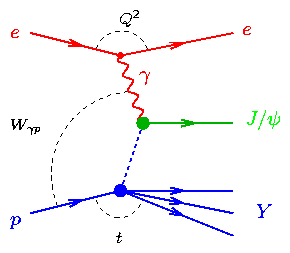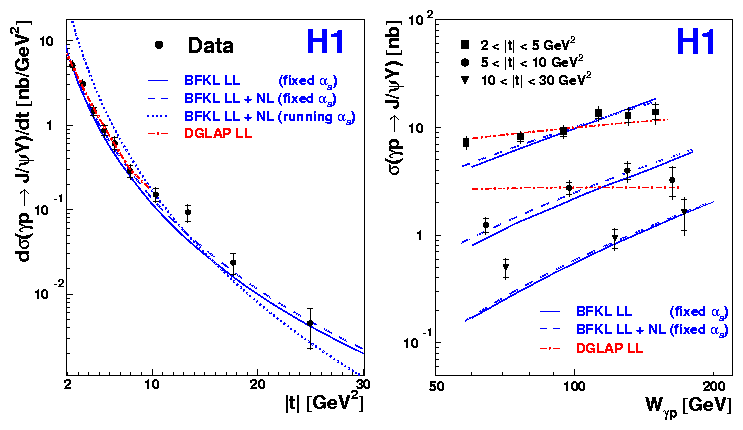 When hadronic particles collide at high energies, they can diffract off each other, in analogy to a wave of light diffracting around an object placed in its path in ordinary optics, but due to the strong rather than the electromagnetic force. At the HERA electron-proton collider, the incoming electron beam is used as a source of photons. The photon can fluctuate into a quark-antiquark pair, which can then diffract from the proton, providing a relatively simple environment in which to study how diffraction works. Diffraction is often viewed as the exchange of a colourless object with the quantum numbers of the vacuum, which is sometimes referred to as the `pomeron' (see figure on the right). One of the major themes of research to date at HERA has been the development of our understanding of the pomeron at the level of quarks and gluons, the fundamental building blocks of the strong interaction. In this paper, we study a special case of diffractive scattering at HERA. We look at the case where the momentum transfer between the photon and the proton (i.e. the virtuality of the pomeron) is very large. Values as high as 30 GeV2 are reached, much larger than the masses of any of the incoming or outgoing particles. The quark-antiquark pair and the proton thus interact rather violently, hitting one another more or less head-on and yet still the net result is that only the quantum numbers of the vacuum - or empty space - are exchanged. At these large values of |t|, the pomeron is expected to interact with a single quark or gluon in the proton and the most likely interpretation is that the pomeron consists of two gluons of opposite (cancelling) colour. In order to select a clean sample of events, we study the case where the outgoing diffracted quark-antiquark pair forms a J/psi meson, which then decays to a pair of muons, providing a simple final state which can be reconstructed precisely in the detector, with little background. The muons are used to reconstruct the value of the momentum transfer squared t and the centre of mass energy of the photon-proton system W. |
